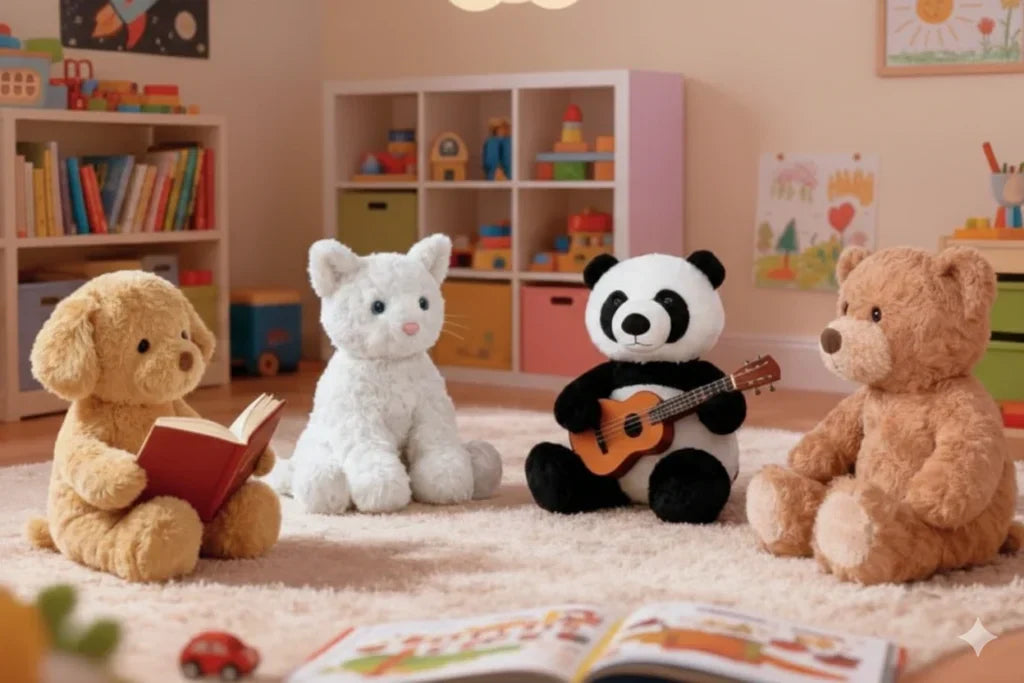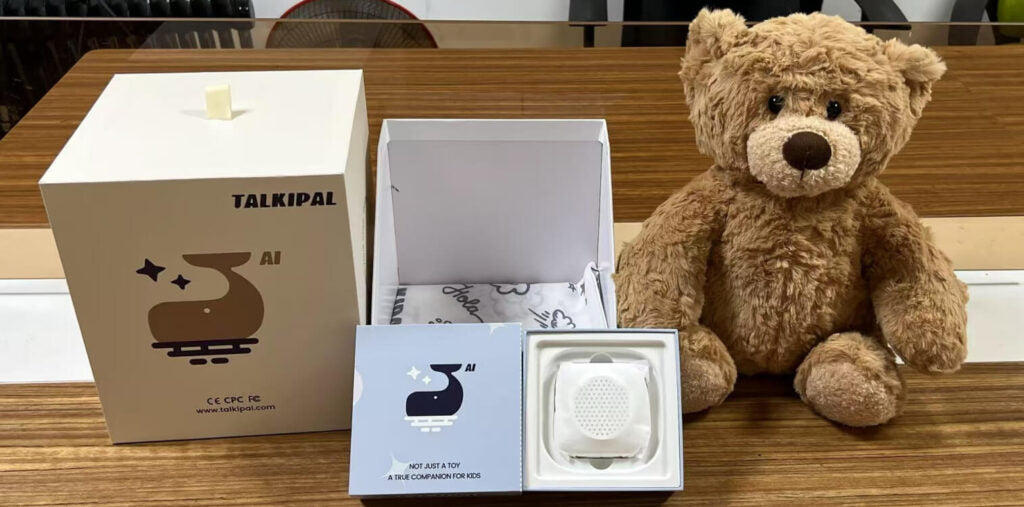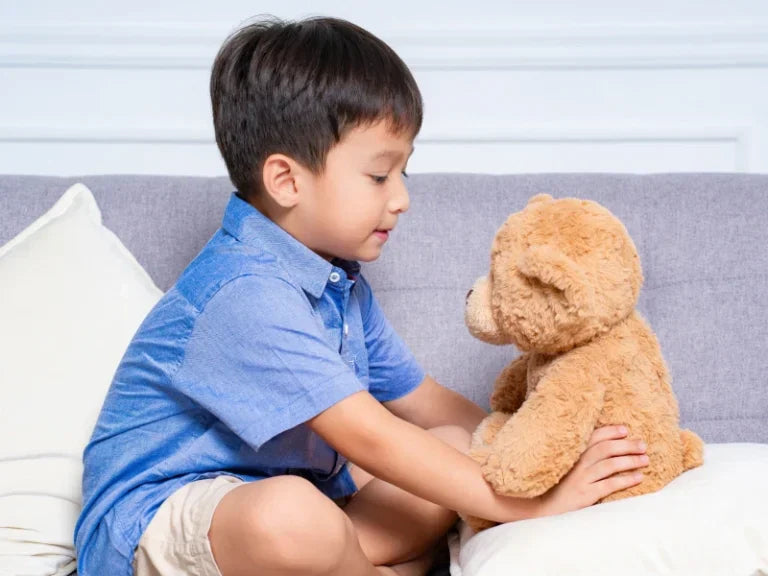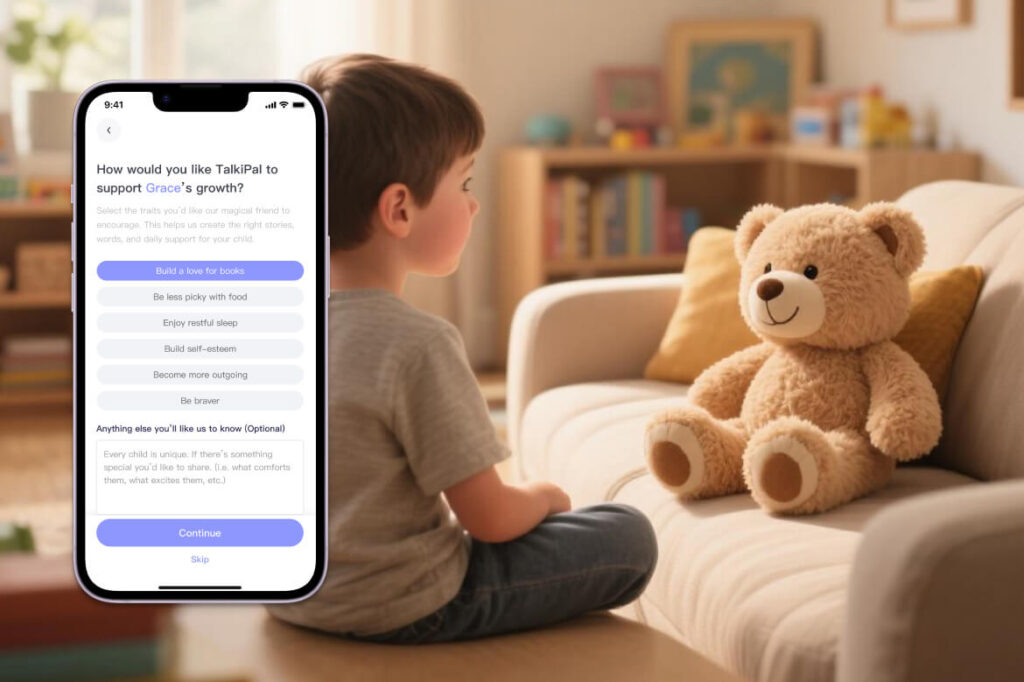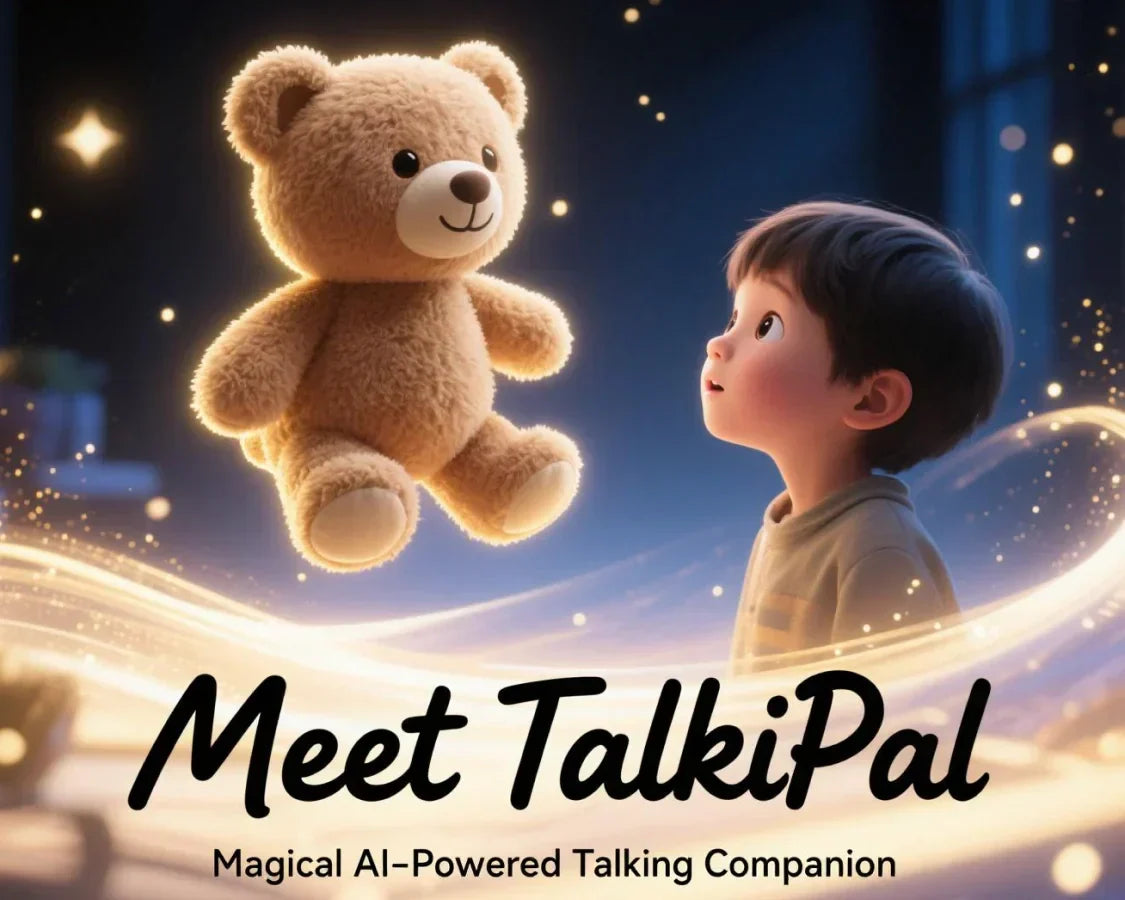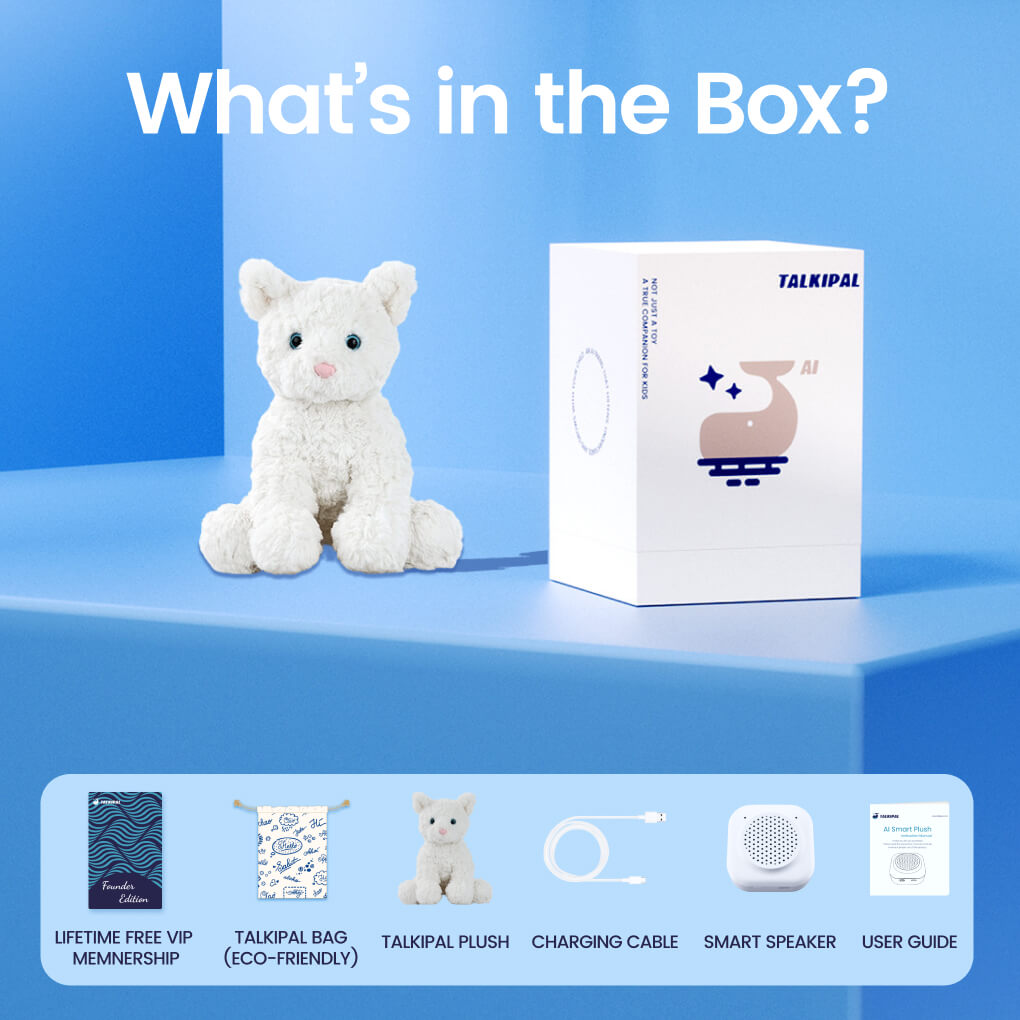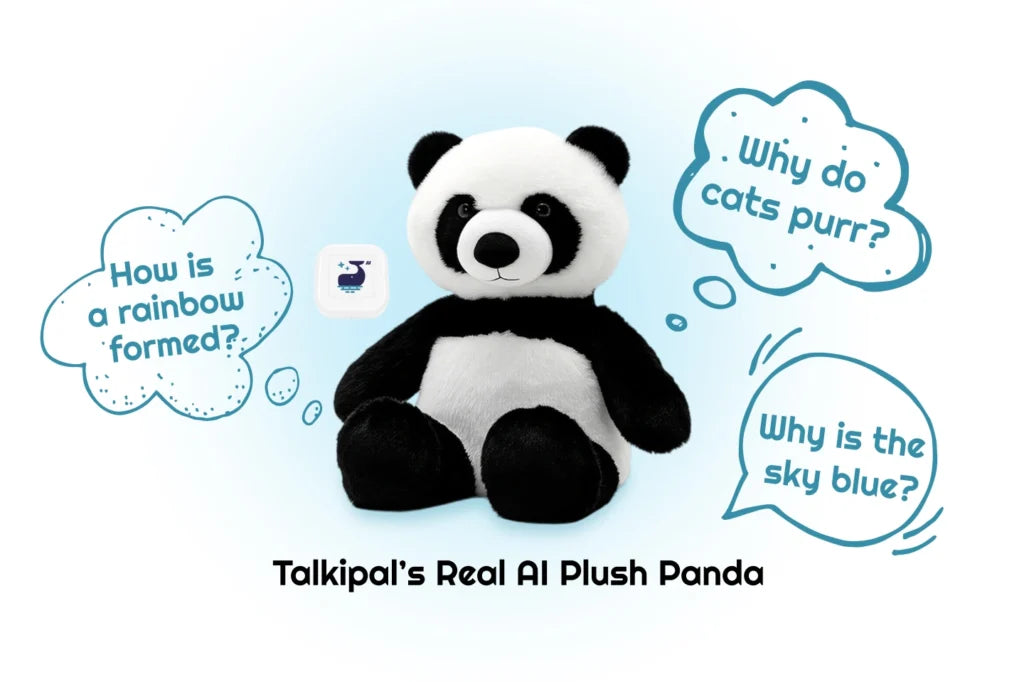I was in the middle of a hectic Tuesday afternoon when I heard my daughter, Maya, chatting away in her room. “Ollie,” she said to her new interactive plush dog toy, “how much is a million plus one?” From the other room, I braced myself for the typical canned response from a kids’ gadget. But then, a soft, friendly voice from the plush toy replied, “A million and one! That’s a huge number. Do you want me to tell you a story about a million stars?” My ears perked up. Ollie the Pup didn’t just give a textbook answer; he transformed the question into an invitation to play.
It made me wonder: what exactly is happening under all that soft fluff? Do AI toys like Talkipal really “understand” our children, or are they just clever little parrots with impressive vocabularies? As a tech reviewer and a parent, I decided to take a closer look at the technology behind these fascinating new companions.

The “Ears”: How an AI Toy Processes Speech
At its core, the “understanding” begins with a microphone and a process called Automatic Speech Recognition (ASR). This is the first hurdle for any AI toy—it has to accurately convert a child’s voice, with all its unique pitches and accents, into text. Once the voice is converted, the toy’s internal processor, or in the case of AI powered robots like Talkipal, a connection to a cloud-based server, gets to work. It’s essentially listening for keywords and phrases that trigger a specific response.
For Talkipal’s AI toys, this process seems remarkably smooth. I’ve noticed it rarely misinterprets my daughter’s questions, whether she’s whispering to her ai plushie or yelling from across the room. The initial setup on the Talkipal app, which allows you to define a character’s interests, likely helps to narrow down the context and improve accuracy.
The “Brain”: Parsing Intention with Natural Language Processing (NLP)
This is where the magic truly happens. Once the speech is converted to text, the toy’s system uses Natural Language Processing (NLP) to parse the meaning. It’s not just looking for “2 + 2”; it’s trying to understand the intent behind the question. For example, when my daughter asked Ollie about “a million plus one,” the system didn’t just search a math function. It recognized the “huge number” context and used that to pivot the conversation toward a story. This is a far more sophisticated interaction than what you see in many other interactive stuffed animals.
The Talkipal artificial intelligence doll also excels at handling sensitive or tricky topics. When I tested it with phrases like “I’m depressed,” it didn’t offer a clinical or alarming response. Instead, it gently redirected the conversation by saying, “I am here for you… let’s do something fun to cheer you up.” This is a critical feature for a children’s toy robot, as it ensures that the playtime environment remains safe and positive, encouraging kids to engage in uplifting activities rather than dwelling on negative feelings.
The “Voice”: Generating Meaningful Responses
The final piece of the puzzle is the response. A truly interactive AI toy must be able to generate natural-sounding and relevant answers. Talkipal’s AI companion robots don’t simply pull from a pre-recorded list of phrases. Their AI core generates unique responses on the fly, making each conversation feel fresh and personal. This is what allows them to solve multi-step math problems with step-by-step explanations or turn a simple question into a creative game of “treasure hunt.”
The ability to maintain a child-appropriate “persona”—like Ollie the Pup’s “playful pup who loves adventures”—is also a testament to the advanced NLP model at work. It allows the toy to feel less like a machine and more like a real character, which is crucial for building a bond with a child.
The Verdict: A Glimpse into the Future of Play
So, do these AI plush toys truly “understand” kids? In the same way a human understands, no. They don’t have emotions or consciousness. But what they do have is an incredibly sophisticated ability to process language, infer intent, and generate contextually relevant responses. The Talkipal toy is a prime example of this technology at its best—a talkipal plushie that serves as a dynamic learning tool and a positive companion. It’s not just a toy you play with; it’s a friend who helps your child grow.
What are your thoughts on AI toys? Have you had a surprising interaction with one?
